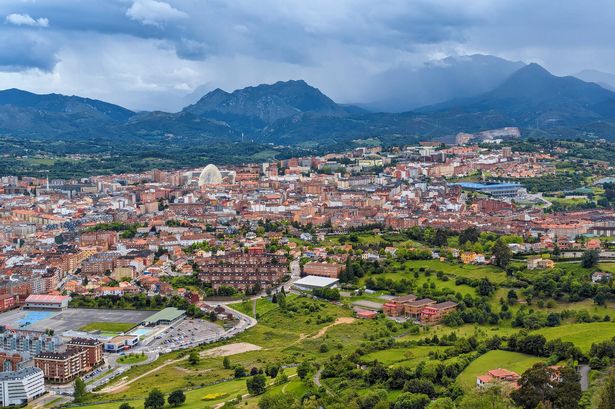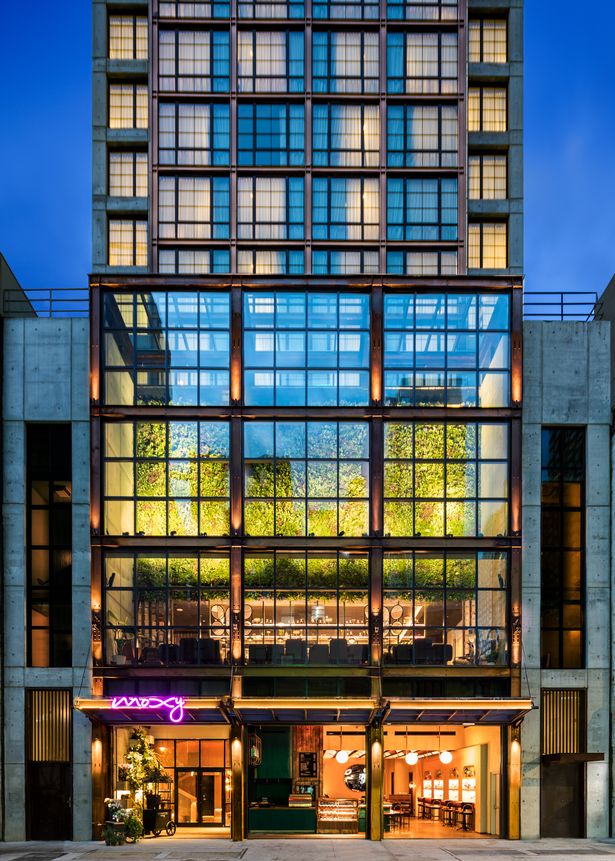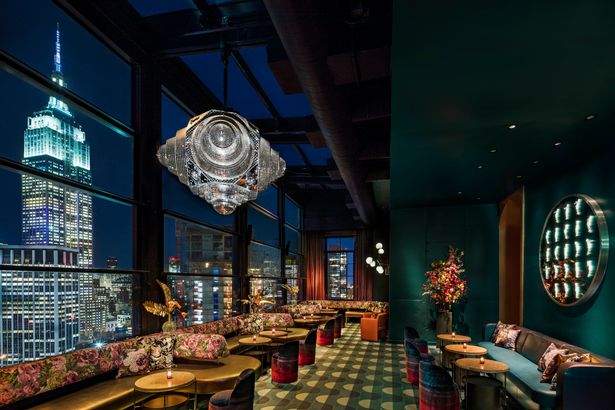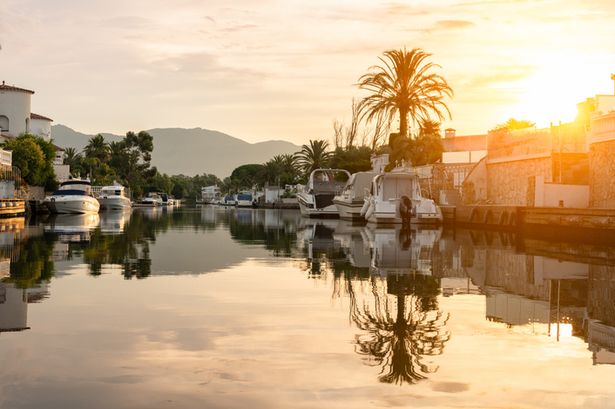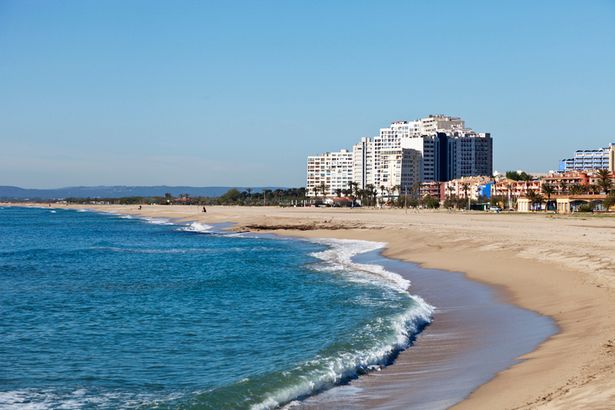I spent my childhood in Spain, and while many UK travellers opt for the likes of Majorca and Tenerife, there’s one northern town that’s a true hidden gem.
I spent a large chunk of my childhood and teenage years in Spain, having moved from Argentina when I was just six. Marbella was the first Spanish city I called home – and it was absolutely delightful. It offered warm weather, stunning beaches, and plenty of options for outdoor play with other children.
Relocating from Marbella to the Mediterranean town of Denia during my teenage years might not seem like a significant shift, as both places offer similar conditions. However, sandwiched between these two coastal locations, I spent a few years, specifically from age eight to 12, in the pristine northern town of Oviedo.
Northern Spain is quite distinct from the southern holiday hotspots or the island resorts of Mallorca and Tenerife. For starters, the north is much cooler, greener and culturally more reserved, with locals still deeply rooted in their traditions. That’s why Oviedo, while less famous than most regional capitals, possesses such an enchanting allure.
Oviedo’s public spaces are well-kept, virtually free of litter and brimming with unexpected historical landmarks. One such sight is the imposing Cathedral of San Salvador, which is considered one of Spain’s most significant Christian pilgrimage sites, even predating Santiago de Compostela’s rise to prominence.
It’s one of the traditional stops for pilgrims taking the Camino Primitivo, the oldest known route of the Camino de Santiago.
Due to its characteristically wet climate, Oviedo boasts lush greenery throughout, featuring numerous parks and the cherished central Campo de San Francisco, where locals love to wander leisurely and meet for coffee.
Asturias’ capital also represents a culinary paradise, offering substantial fare in warm, inviting establishments perfect for recuperating after adventures like ascending nearby Monte Naranco to discover pre-Romanesque structures whilst gazing over the city, or exploring the Las Ubiñas-La Mesa natural reserve.
The region’s most celebrated dish, Fabada, consists of a substantial bean casserole (fabes) accompanied by meat, sausage and morcilla.
Though served in remarkably abundant, satisfying portions, diners frequently follow it with cachopo, an enormous breaded veal creation stuffed with cheese and ham.
Tierra Astur restaurant has earned recognition over many years for delivering exceptional cachopo.
Whilst southern Spain attracts European visitors as a renowned beer hotspot, Asturias revolves around cider traditions.
Oviedo’s Calle Gascona earns recognition as the “Boulevard of Cider” where unpretentious, tavern-style sidrerías provide genuine sidra (cider), served from an elevated position using the traditional “escanciado” technique.
Establishments Casa Fermín, Casa Lobato and Del Arco rank amongst the city’s finest dining venues for experiencing local specialities, whilst NM by Nacho Manzano specialises in sophisticated, contemporary Asturian gastronomy with meticulous craftsmanship. Asturias, a farming region, is renowned for its top-notch homegrown produce, including over 40 varieties of cheese (most notably Cabrales, a potent blue-veined type with DOP status), high-quality beef reared on mountain pastures, and artisan preserves made from local apples, pears and wild berries.
Local bakeries and desserts provide another reason to wander the old town – Asturian treats may be rustic in appearance but they’re extraordinary in taste. The carbayón, a rich almond-filled puff pastry glazed with syrup, typically found at Camilo de Blas in Oviedo, is the most iconic.
Another local favourite is the moscovita, a delicate almond biscuit coated in chocolate, originally from the historic Rialto bakery. Restaurants often serve rich, homemade options such as a local, creamier version of rice pudding, casadielles (deep-fried pastry rolls filled with a mixture of walnuts, sugar, and aniseed), and frixuelos, a crêpes-style dish typically filled with sugar, jam, or cream and rolled up.
The Old Town (Casco Histórico) is ideal for a walking holiday, with the Cathedral and Calle Uría offering the city’s hustle and bustle. For quieter stays, consider places slightly off Calle Mon or Postigo Bajo.
